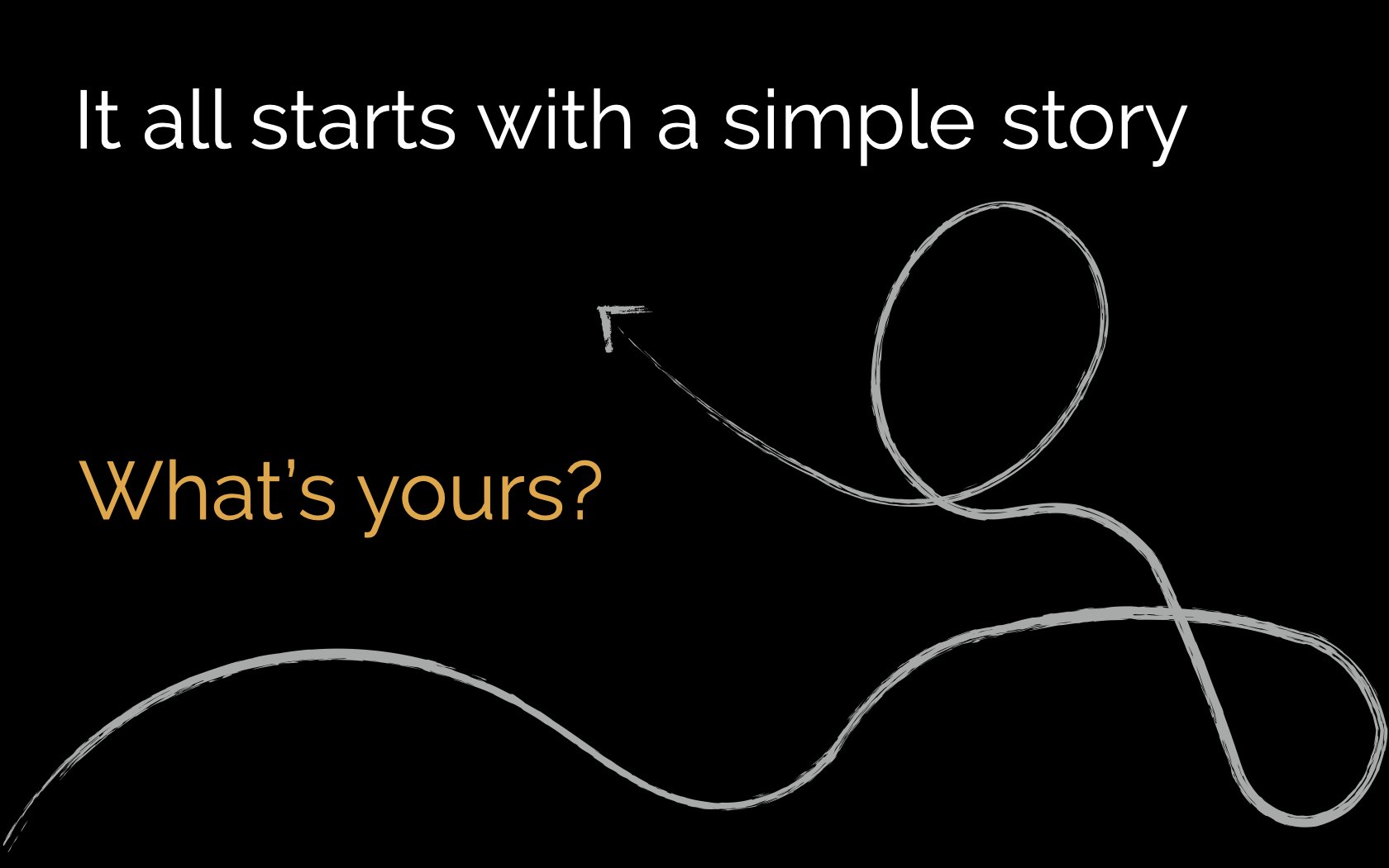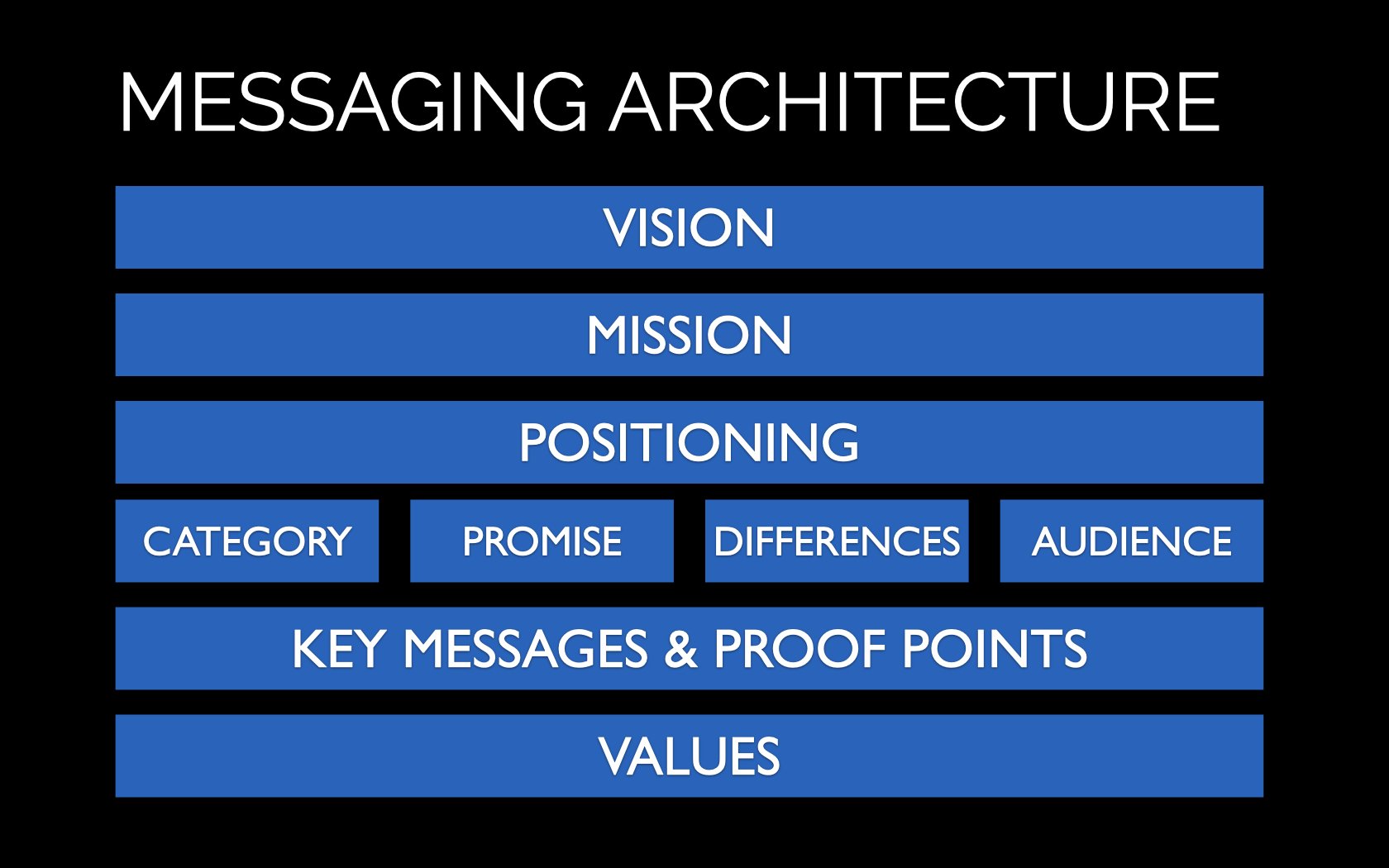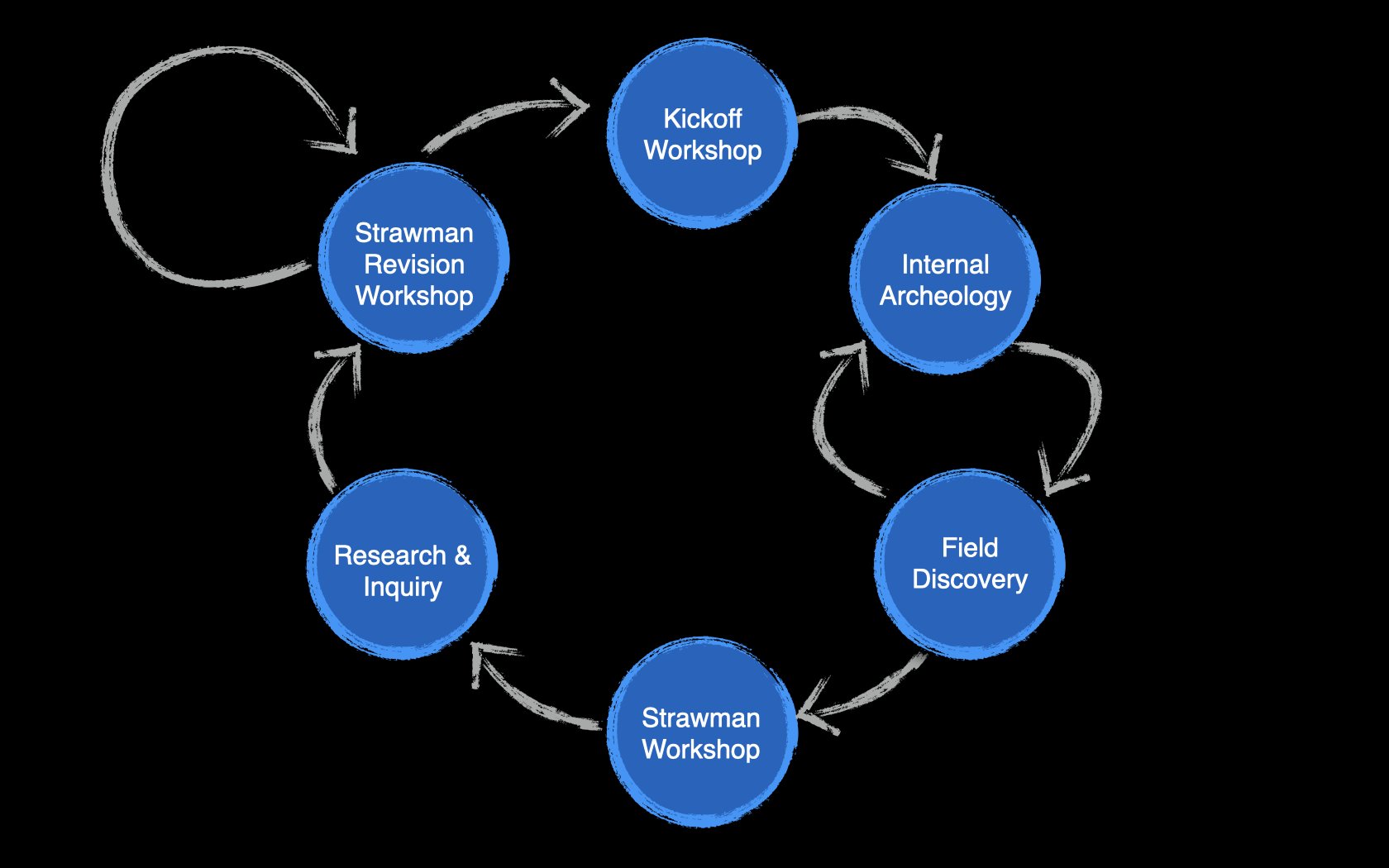Messaging Architecture
Workshop Development and Leadership • Messaging Blueprint • Market and Customer Insights • Competitive Analysis • Copywriting • Brand Strategy
Engaging and connecting with the world always starts with a simple Story. But this can be a daunting task to Start if you haven’t done it before, or if you feel trapped in the weeds or in an old dysfunctional narrative.
Engaging and connecting with the world always starts with a simple Story. But this can be a daunting task to Start if you haven’t done it before, or if you feel trapped in the weeds or in an old dysfunctional narrative.
What is Story?
People and organizations trade experiences and ideas through stories, and so do organizations. Stories provide meaning and connection. And one of the biggest goals of an organization is to deeply connect with many different audiences – customers, investors, partners, employees, influencers, and the media.
Even though we’re so often told that we live in a data-driven world, neuroscience has shown us that humans are wired to remember stories much more than data and facts. There’s a big difference between 63% recall for information wrapped in a well-crafted story as opposed to only 3% on its own.
What does Story mean? It’s much more than copywriting.
Your Story needs to reflect the DNA of your company and act as the North Star for all the important decisions in your business, and not just for the communications team. Your Story builds the baseline for Goodwill that can eventually grow into a big line item in your valuation. Your Story conveys your Purpose and Humanity by helping other people and organizations understand how their lives will be changed by interacting with you.
The Messaging Architecture of a Story
Developing a powerful story means creating its architecture first. Just like building a house, we need a blueprint to build before we decorate. In developing the narrative story of your company, that blueprint is a Messaging Architecture.
The core elements of a Messaging Architecture – category, audience, promise, differences, mission and vision – may seem simple on the surface. But getting to a memorable and defensible Story takes working through all the details behind each element. Those are informed by deconstructing and understanding product and technology roadmaps, competitive analysis, customer and market insights, and sometimes the random ideas found on the back of napkins.
Collaborative workshops – a process of discovery and iteration - is the best way to get to the essential components of a Story. Questioning current assumptions and finding new truths with the help of a well-informed facilitator is far more valuable than just sending one person to the mountaintop to come back with tablets of truth. The process of doing the work is as important as the result. It creates narrative muscle memory across the company and buy-in for the participants.


